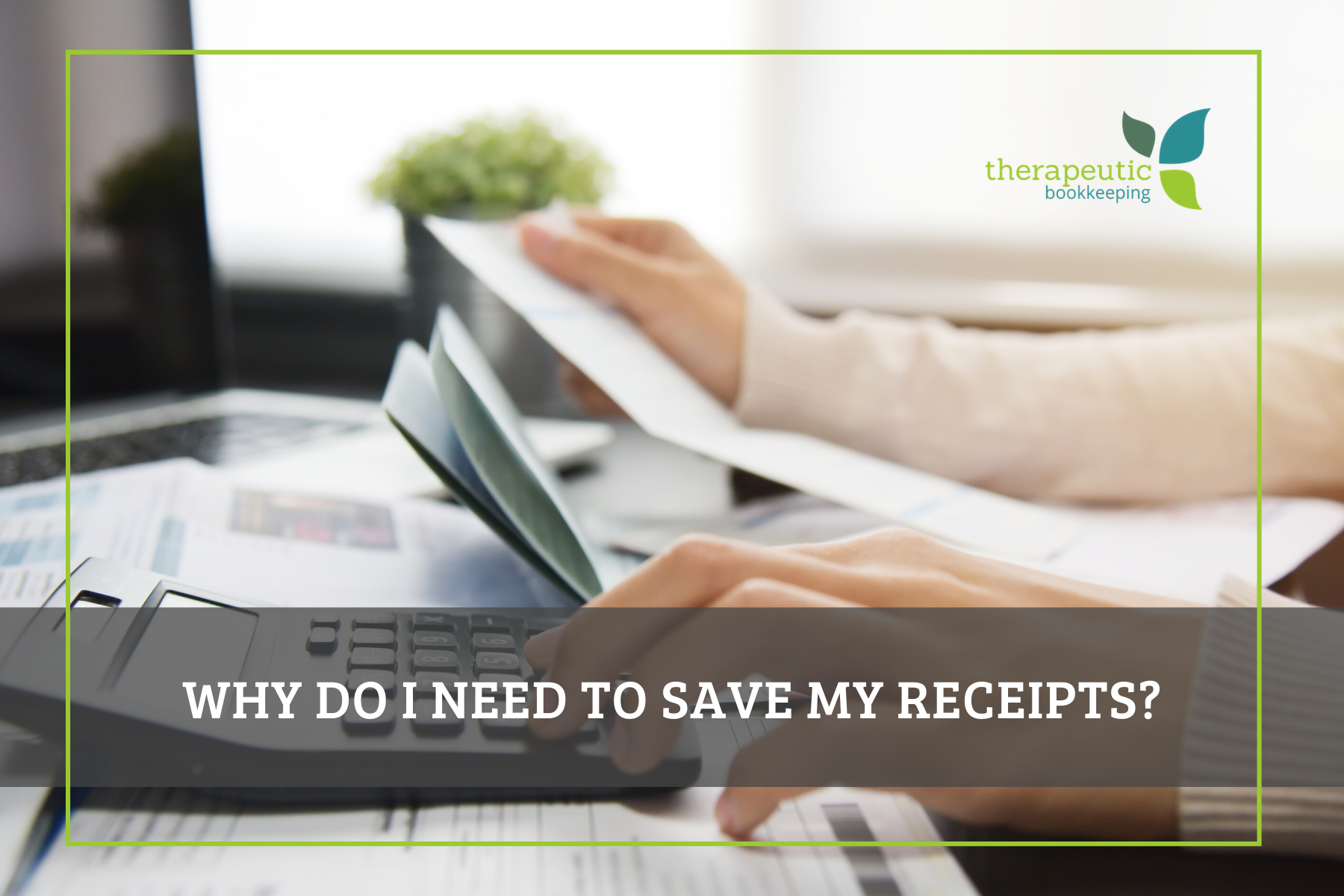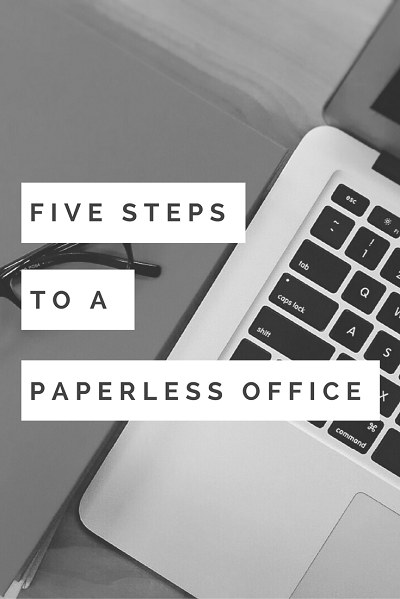Ah, saving receipts! It might seem old school but these little buggers are actually really important for your bookkeeping (and the IRS!).
Basically they prove to the IRS that you had the expenditure you say you did. Otherwise less than honest people would charge expenditures that make the business look like it’s in debt when it’s not (avoiding a bunch of taxes.)
I hear you saying ‘But I don’t even have that many expense and my overhead is low and these are all true biz expenses”…. and I’m here to tell you that the IRS doesn’t care… because not everyone is honest like you and there really are a LOT of dishonest people they have to deal with… so save your receipts!!
Receipts & Auditing
If you’re still not convinced about saving receipts, know that if you’re audited you need to be able to produce your receipts for the last 3 years. OR if you’ve claimed a loss in your business you need to keep your receipts for 7 years.
If you can’t produce them, you’ll have the IRS breathing down your neck, and the IRS could deem that expense non-deductible or not a legitimate business expense.
HOW do I save all these receipts?
Well, I’ve seen everything from a shoebox to a ‘floor filing cabinet’ but I find going paperless a lot more useful! Particularly if you’re swimming in receipts. I don’t know about you, but I like a paperless office and don’t want to keep 3 – 7 years of paper receipts piled up in my office. So I recommend Dext because it allows you to snap a pic of your receipt from your phone (or forward it from an email). Dext keeps the receipts backed up into the system as well so you have your thorough audit trail in your account. The best part about Dext? It’s totally cloud-based, so if your computer crashes, you won’t ever lose all of that data and audit trail of receipts! I also really like how easily you can filter and search for receipts based on vendors.
If you don’t want to invest in a monthly subscription for something like Dext, then you could simply create a folder in your email, and file all receipts into that folder by year. Or you could create a Google Drive ‘Receipts’ folder and create sub-folders by year and file your receipts into the sub-folders. For both of these methods, you’ll still have to scan any paper receipts into your email and/or Drive folder, which will be more cumbersome than the ease of the Dext app, but at least you’ll still be maintaining a paperless office!
FAQ About Saving Receipts:
“Why do I need to save my receipts when I have bank statements?”
Simply put, your bank statements won’t suffice as proof of an expense if presented in front of a court or IRS. The reason being, your bank statements just show a ‘brief description’ of the purchase.
For example, if you purchase office supplies from Amazon for $200 for your private practice, all that shows up on the bank statement is “Amazon” followed by a bunch of random numbers and the amount of the purchase ($200). But the bank detail doesn’t list out the itemized items you purchased, which could have been a number of different things, right? (Pens, pencils, books, etc) So there is literally no way someone would be able to look at the bank description to “Amazon for $200” and possibly know that you truly spent $200 on office supplies for your private practice.
Therefore, to prove that the $200 was truly for office supplies for your private practice, you’ll need to be able to show that itemized receipt that lists out all the things you purchased for $200, and how much each one cost.
Best Practices for Saving Receipts:
- Always write a little note on the top of the receipt about what the expense was for, if you can (if you’re using Dext, the note feature is built in so you don’t have to hand write this onto the receipt). I have a really good memory, but if I was asked to explain a receipt’s purchase and how it was business related from 3 years ago, I can’t promise I’d have a darn clue!!
- You need itemized receipts for your private practice expenditures: So make sure you can clearly see the date, vendor name (where you purchased from like Amazon or Target), amount paid, items purchased, and payment method on each receipt.
- If you have a lot of purchases in one day, or multiple team members who make business purchases on behalf of your private practice, get everyone and yourself one of those ‘bank/money’ bags where you can store all of your daily receipts into. Then, at the end of each day, store/scan them into your receipt management system of choice!
- I know saving receipts can be kind of a pain…ok a really big pain… but just keep telling yourself “Every penny counts when it comes to taxes and I want to be able to prove this is a business expense for my private practice if I ever need too!”
If you need help with taxes, setting up accounting software, or managing your bookkeeping, we at Therapeutic Bookkeeping can do all of those things for you! Therapeutic Bookkeeping is a virtual accounting firm working exclusively with therapists all across the United States!





